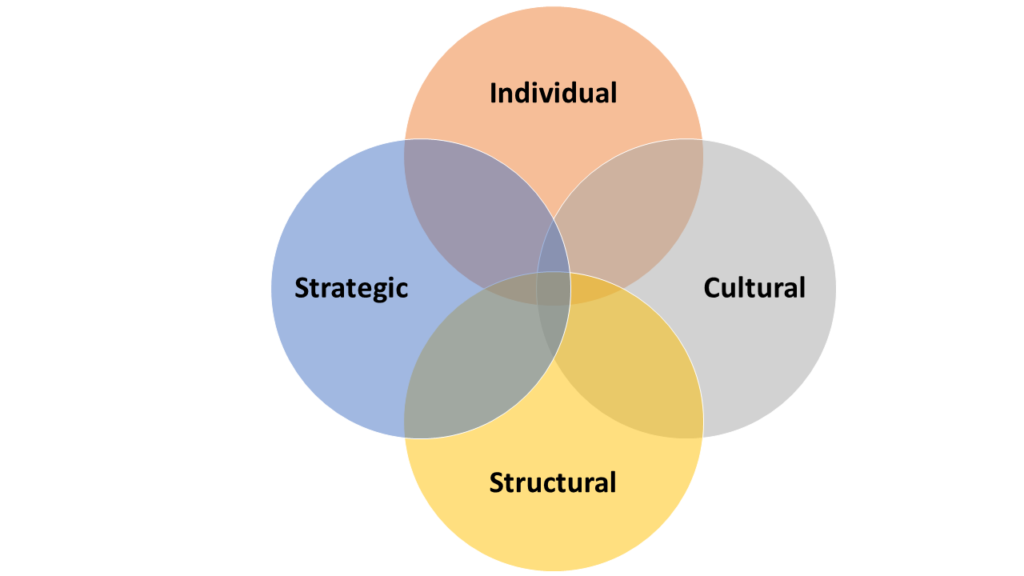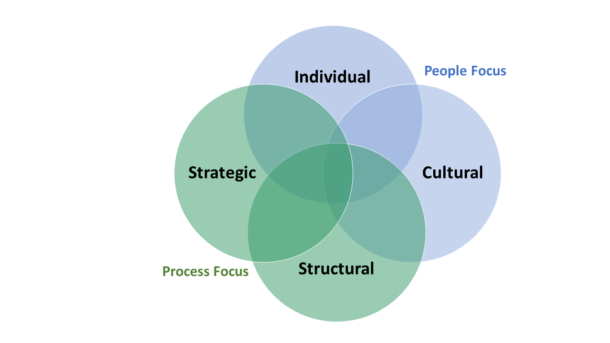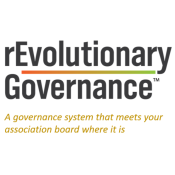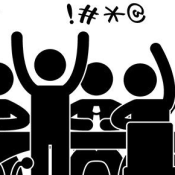
How Healthy is Your Board of Directors?
Understanding the health of any volunteer leadership team is challenging. This is especially true when it comes to your association’s Board of Directors. Often, we’re quick to blame it on an individual’s temperament or actions, but at closer examination, many other factors may explain the root cause of the board’s dysfunction.
In this three part series, I’ll walk you through primary areas that need to be considered when taking your board of directors from dysfunction to high function. These areas include:
- The Four Domains Framework for Understanding Board of Directors’ Functionality
- Top Indicators of Board Health and Dysfunction
- Root Cause Analysis of Dysfunction in Your Board of Directors
The Four Domains Framework for Understanding Board of Directors’ Functionality.
When assessing your Board of Directors’ health, keep in mind the conversation is at least as important as the assessment tool. In other words, having a dialogue based on the assessment that leads to individual and group performance improvement is more important than the tool you use to get there. Most assessment tools will likely give you insights about your board functioning. However, acting on insights is more important than having insights.
Leading Associations’ Board Health Test examines four domains of board functioning:
- Individual
- Cultural
- Structural, and
- Strategic

Our 20-question assessment is based on the idea that, as in any team environment, you have individual dynamics, group dynamics, rules of the game and outcomes to achieve.
The Individual domain refers to how an individual board member shows up and contributes. The Cultural domain refers to how the board works as a team (or doesn’t). The Structural domain focuses on processes, procedures and systems, including board size, structure and diversity. And finally, the Strategic domain applies to the board’s ability to be mission/vision-driven, strategic and future-focused.
The four-domain framework essentially provides a balanced scorecard approach to board evaluation. Although the domains are presented as four discrete areas, in reality, they aren’t. They might be more appropriately represented as a Venn diagram or matrix; they’re interwoven. The usefulness of separating them into separate domains is in diagnosing the root cause of suboptimal functioning.
People vs. Process
The first two domains (Individual and Cultural) center on people and the latter two domains (Structural and Strategic) on process. The shortcoming we see in many tools is that they focus primarily on the process side of the ledger – policies and procedures – in lieu of the people side of the ledger – Individual and Cultural dynamics.
Is removing barriers to your Board of Directors’ effectiveness a 2019 priority for your organization? If so, contact us for our complimentary Board Health Test to identifying the underlying issues for your board.

Our experience is that individual and interpersonal dynamics supersede policies and procedures. To put it another way, you can only solve process problems, not people problems, with process solutions.”
Jeff Arnold
President, Leading Associations




